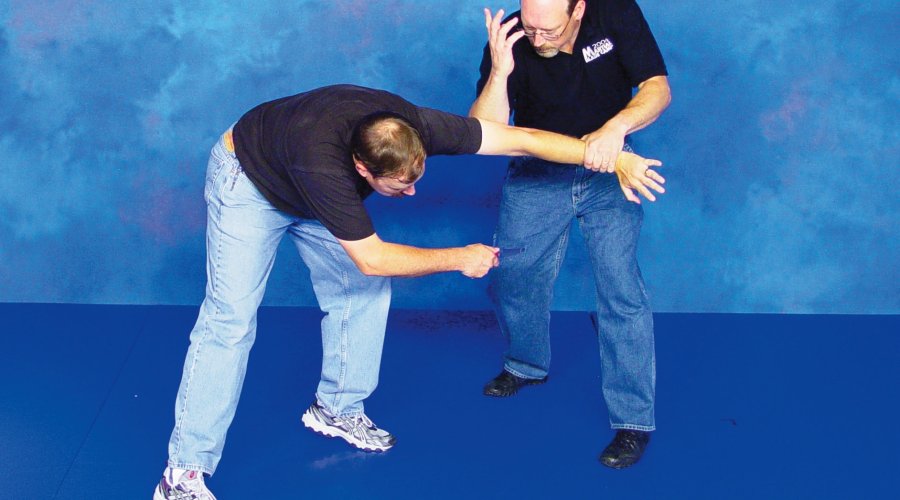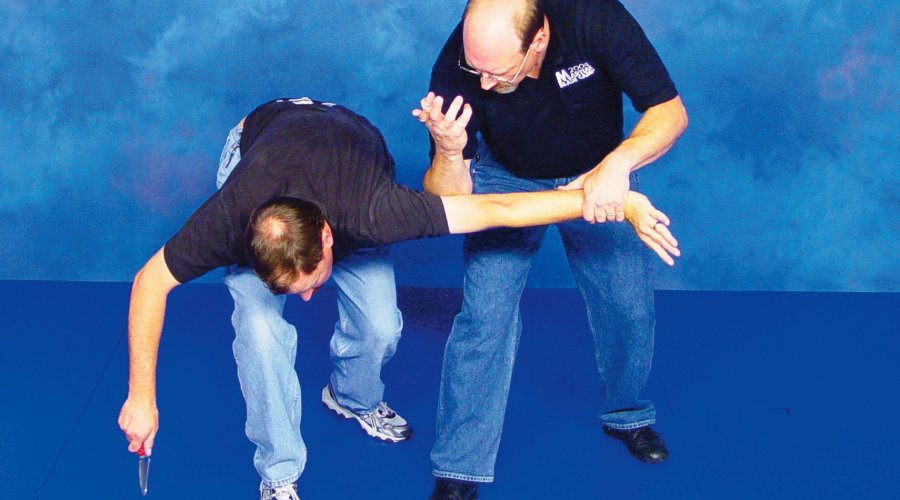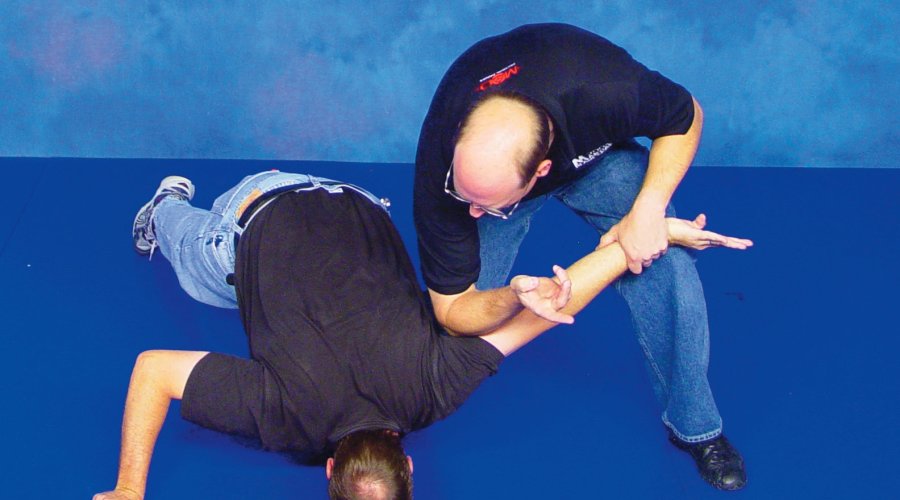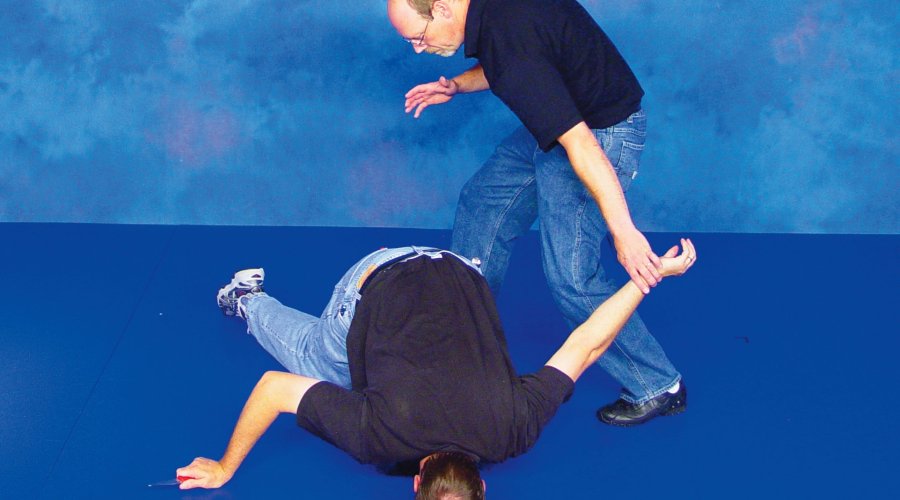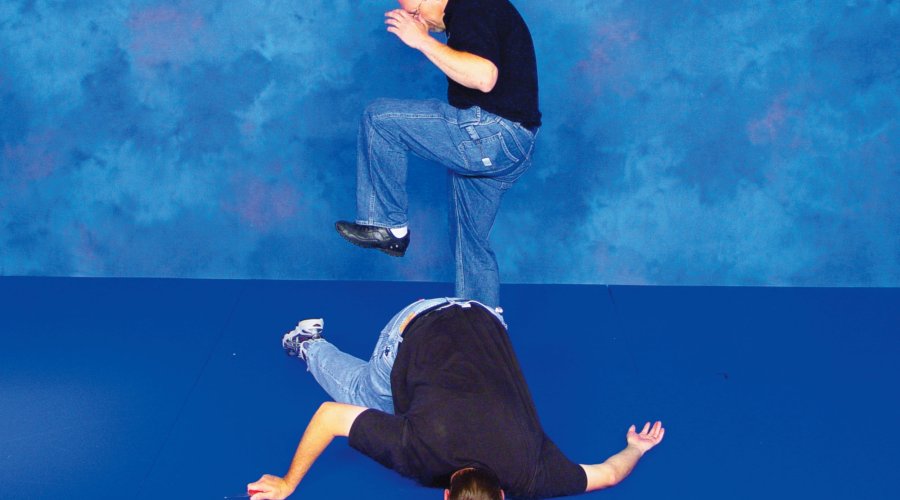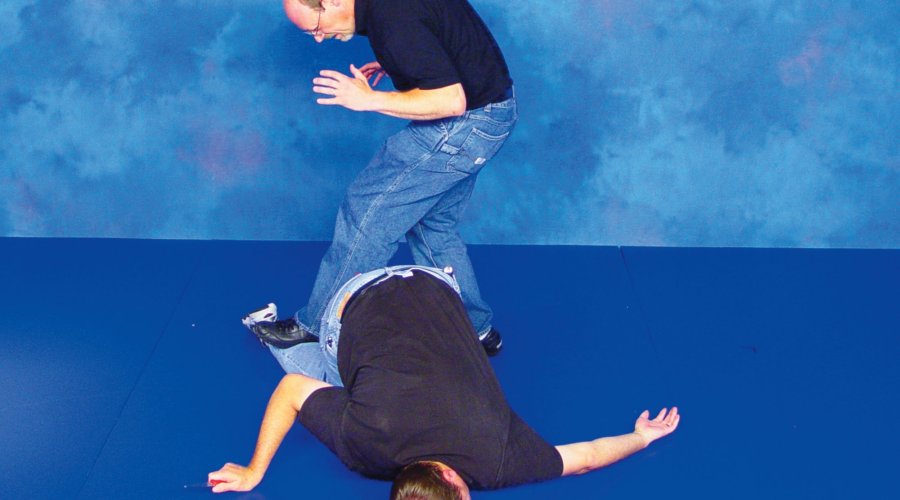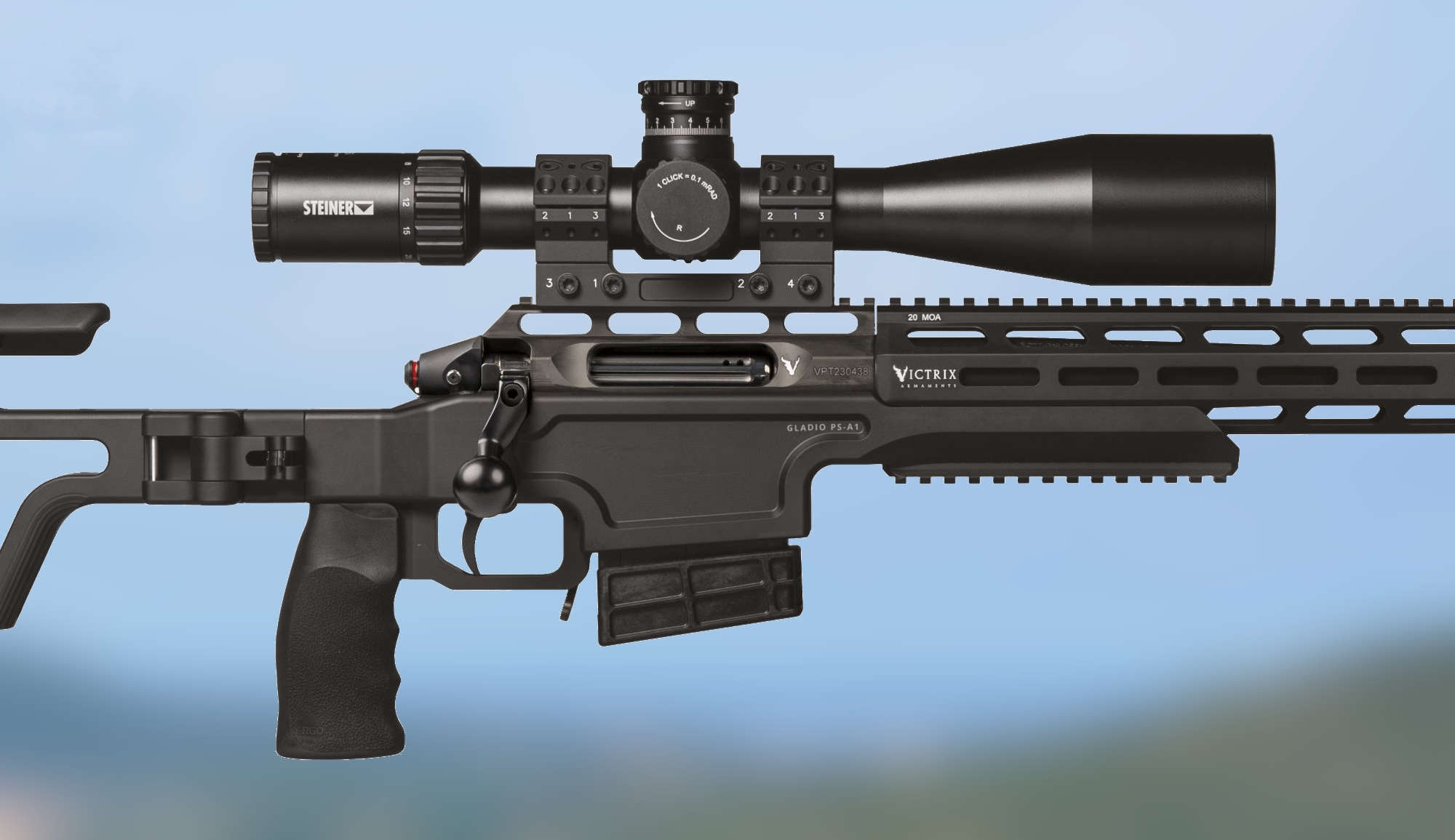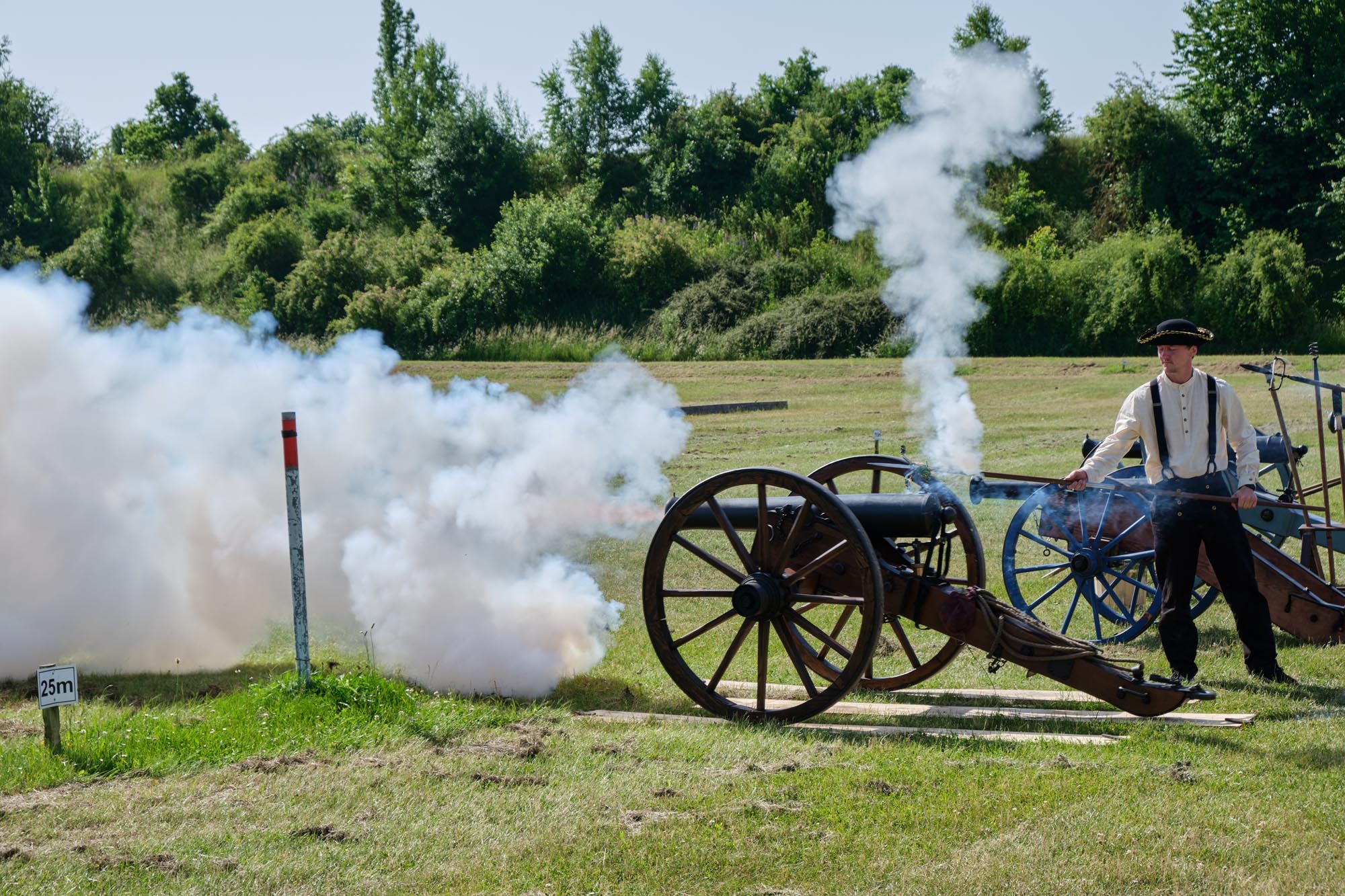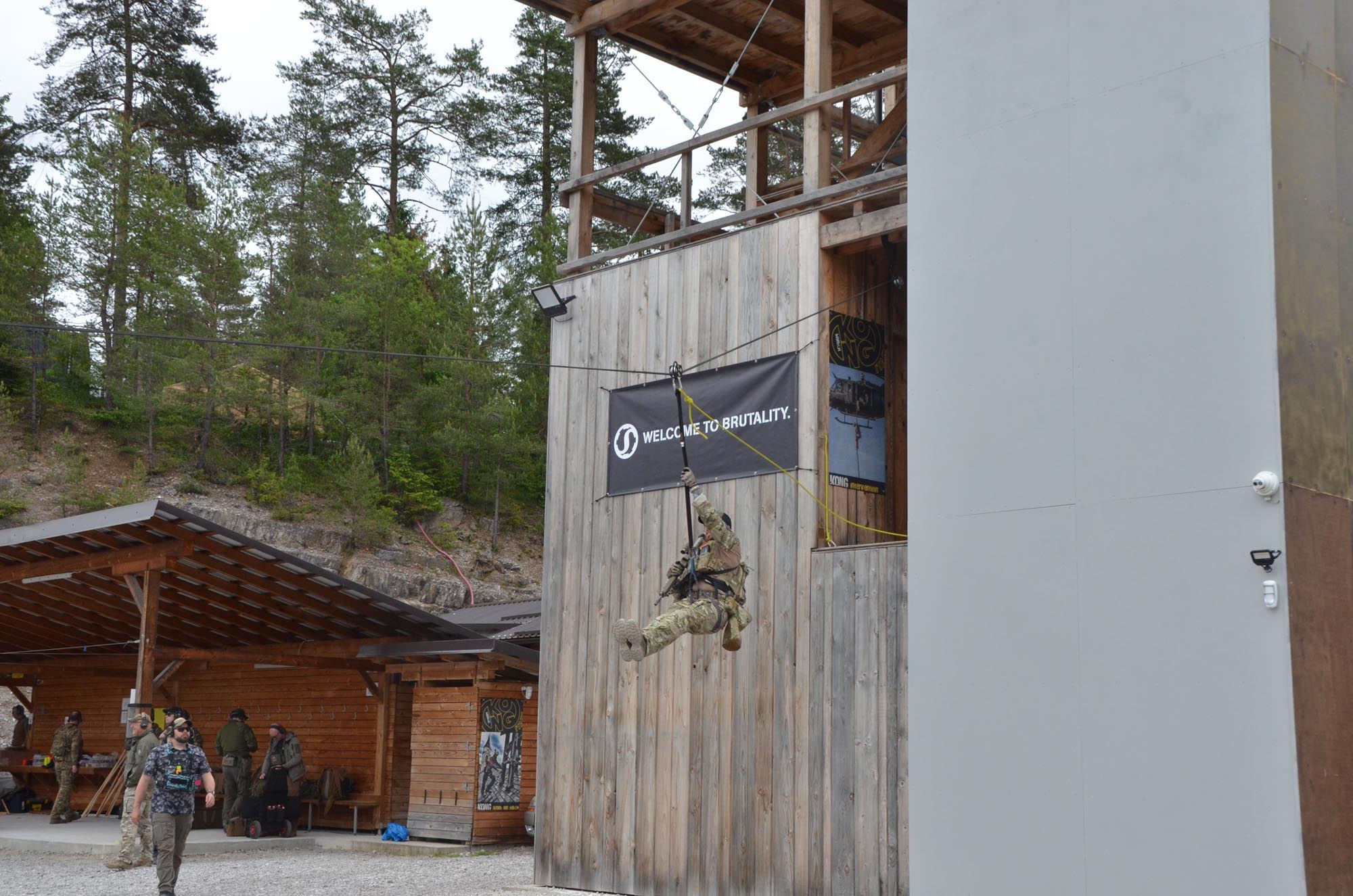Facing an attacker armed with a knife or another edged weapon is one of the most horrible situations you could ever imagine. While many martial arts and defensive tactics systems claim to teach defenses that will work against a knife attack, the more you learn about the brutality of knife attacks, the more you’ll realize there really are no guarantees of success for any unarmed defensive measures.
The development of defense techniques against knives
I started studying unarmed self-defense techniques against knife attacks more than 30 years ago. The defensive mechanisms I learned then were mostly based on Aikido, and were based on fending off far-reaching, exaggerated knife attacks that had very little in common with today’s prevailing dynamic "street methods". When my training partners and I tried out the techniques with realistic speed and power, we found that they would not work very well in real life. Disappointed with the system I had studied to date, I started looking for martial arts that actually taught practical, realistic knife fighting techniques to see what knife defense techniques they offered. If you can cut well, you probably know what to do best to avoid being cut. Finally, I discovered the Philippine and Indonesian martial arts, which include some of the most effective knife fighting techniques ever developed. They also offer a wealth of knowledge about defensive measures against cutting and stabbing weapons and thus served as a starting point for my further studies. Even though the traditional techniques of these arts represented a significant improvement over what I had learned before, they were not the ideal solution for modern self-defense. On the one hand they were often adapted to the culture and laws of Asian societies and on the other hand the often complicated, very demanding movement sequences and techniques required years of intensive training to be effective in combat. So what I wanted was to distill the proven knife defense techniques of the martial arts from Indonesia and the Philippines into an easy-to-learn, realistic defense system that would also meet the legal requirements of the modern, civilized world. With this goal in mind, I developed CBC (Counter-Blade Concepts).
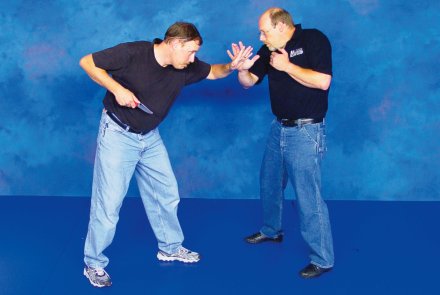
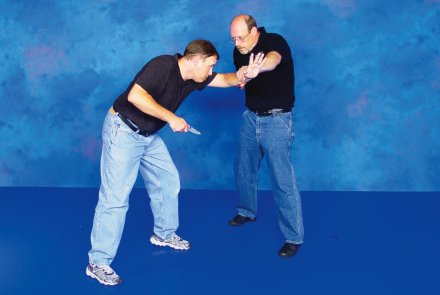
Sharp realities – knife attacks today
On the way, however, it was first about understanding how real knife attacks work and develop today. I collected and analyzed film and video recordings from the "Law Enforcement Community" of countless knife attacks that took place around the world. So I was able to define the common elements of all knife attacks based on instinctive body mechanics. The "anatomy" of a typical attack with an edged weapon includes the following six elements:
- knife attacks start at close range;
- typically, the weapon is not brandished before the attack;
- most people are right-handed, so most knife attacks are right-handed;
- attackers tipically use gross motor skills, which are primarily forehand movements;
- an attack will usually involve multiple repetitive motions, not just a single cut or thrust;
- the non-weapon hand is used to grab or gauge the distance.
Whatever self-defense system you choose, it must have working countermeasures against these realities of a knife attack. If it does not, it will fail on the street. The CBC system uses a logical sequence of movements as a basis for all defense tactics. This sequence consists of the following instructions or steps:
- minimize the risk of being hurt;
- counter and disable the threat immediately and/or try to draw your own weapon;
- you can't directly eliminate the danger and weapon-hand, maintain contact, control the attacking limb, and limit its mobility to the shoulder joint;
- if the non-weapon arm is stretched out and presented first, try to control and use it as a barrier against the knife hand;
- create the most ideal starting position as possible for a powerful counter-attack that neutralizes the aggressor;
- as a policeman or security expert, the opponet must be tamed, controlled and disarmed;
- as a civilian, start the controlled escape.
As already mentioned, according to the analysis of many real knife attacks, it is a very common habit to reach for the opponent with the unarmed hand before stabbing with the knife hand. People grab, control, or at least instinctively touch their target with the empty hand to stabilize or locate it before attacking with the knife hand. Because this is such a widespread, common practice, it provides a good starting point for entering the "Counter-Blade Concepts". So let's assume that we are facing an aggressor who is trying to grab us with his left hand and stab us with his right knife hand. If we can grab the aggressor’s left arm and restrict its mobility to the shoulder joint, we can control the aggressor’s entire upper body. In a sense, we can also use the controlled left arm as a shield or barrier to protect ourselves from the knife.
The defense against knife attacks
When the attacker reaches for us with his/her left hand, we catch it in an instinctive, fast and almost slapping movement with our right palm and move it to the left. Immediately after we have blocked the aggressor’s hand, we grasp his/her left wrist with our left hand. Quickly executed, this movement, coupled with the aggressor’s swerving action, will result in the aggressor’s arm being completely stretched. Holding the powerful grip on the wrist, we strike the back of the attacker’s left arm just above the elbow joint with our right elbow. During training, this technique is performed slowly and gently. In an emergency, however, our goal is to overstretch or break the arm joint with a strong elbow blow and to continue to control the attacker with an arm lock. While we continue to hold the aggressor’s elbow joint trapped, we make a forward step with our right foot. At the same time, the pressure with our right elbow on the attacker’s left arm is maintained and our right forearm is turned parallel to the floor. This forces our opponent down and prevents the aggressor from using the knife against us. If executed correctly and with all the strength of our body, the attacker is forced face down to the ground. As a police officer or safety specialist you can now kneel on the attacker’s triceps to control and handcuff him/her. As a civilian you could then quickly stomp on the aggressor’s ankle to destroy the attacker’s mobility and escape safely. Fending off a knife attack with empty hands is probably the worst possible incident ever. But with the understanding of actual knife attacks and the use of CBC tactics you can at least significantly increase your chances of surviving such an attack.
You can read the other parts of our series here:
- Basics of self-defense and the defense against the "swing" ·
- The defense against a “stranglehold” attack
- The standard sequence as the foundation of successful self-defense
- The defense against a common street attack: the collar grip
- The defense against improvised weapons
- Self-defense in ground fighting
- The defense against kicks on the ground
- Defense techniques with the walking stick
- Advanced stick techniques



